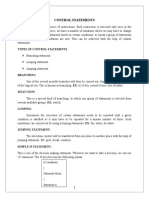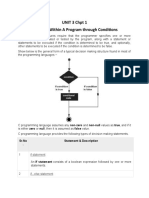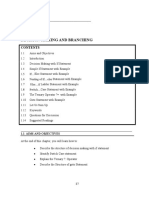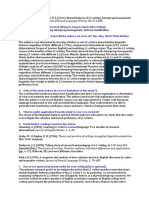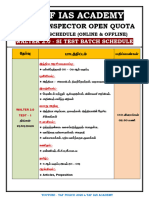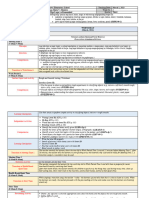0% found this document useful (0 votes)
18 views10 pagesControl Statements
The document provides an overview of control structures in C programming, focusing on decision-making statements such as if, if-else, nested if, and switch statements. It explains the syntax and usage of these statements for executing code based on conditions and includes examples for clarity. Additionally, it touches on the goto statement, highlighting its purpose and the reasons for its limited use in structured programming.
Uploaded by
lokichaulagainCopyright
© © All Rights Reserved
We take content rights seriously. If you suspect this is your content, claim it here.
Available Formats
Download as PDF, TXT or read online on Scribd
0% found this document useful (0 votes)
18 views10 pagesControl Statements
The document provides an overview of control structures in C programming, focusing on decision-making statements such as if, if-else, nested if, and switch statements. It explains the syntax and usage of these statements for executing code based on conditions and includes examples for clarity. Additionally, it touches on the goto statement, highlighting its purpose and the reasons for its limited use in structured programming.
Uploaded by
lokichaulagainCopyright
© © All Rights Reserved
We take content rights seriously. If you suspect this is your content, claim it here.
Available Formats
Download as PDF, TXT or read online on Scribd
/ 10




